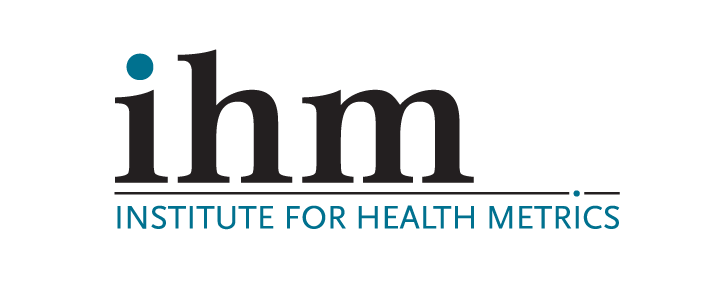Hospital Partnership Spotlight: RIP Medical Debt
While the United States spends a higher percentage of its GDP on healthcare than any other high-income nation, this expenditure hasn't translated into fair access, efficient systems, or improved health outcomes. In fact, the U.S. spends more but still underperforms in comparison to comparable countries’ health care systems. Lack of universal healthcare coverage still leaves around 10% of Americans uninsured, increasing their vulnerability in time of need. Americans also delay needed medical care due to costs and growing debt, impacting their overall quality of life and contributing to poor health outcomes.
“We have significant disparities in how people access healthcare, preventative care and how basic socio-economic needs are met in the US,” says Anita Karcz, MD, IHM’s Chief Medical Officer. These disparities are collectively termed social determinants of health, which are the factors that affect an individual’s health status. Issues such as food insecurity and limited access to healthcare create barriers that perpetuate health inequalities. Addressing these health determinants is pivotal for improving overall health outcomes while lowering the total cost of healthcare.
Healthy People 2030, an HHS website, provides a useful overview of the social determinants of health, organized into five domains:
Economic Stability
Education Access and Quality
Healthcare Access and Quality
Neighborhood and Built Environment
Social and Community Context
Medical debt, an often-overlooked factor in the healthcare access and quality domain, has profound consequences. People burdened with medical debt are more likely to defer necessary medical care, exacerbating existing health conditions. This is not just a problem of the uninsured. Even insured individuals struggle with medical debt due to high insurance deductibles.
Founded in 2014, RIP Medical Debt, a not-for-profit organization, addresses the problem of medical debt with a unique model. Partnering with hospitals, RIP Medical Debt identifies individuals in need, targeting those whose debt is more than 5% of their income or whose income is under 400% of federal poverty guidelines. Then they leverage donor contributions to purchase the medical debt from hospitals and write letters to the individuals whose debt has been erased. To date, RIP Medical Debt has relieved over $10 billion in medical debt for over 6.7 million individuals and families. As people's financial burdens are reduced, they are more likely to seek timely medical care and improve their long-term health outlook.
By collaborating with RIP Medical Debt, hospitals contribute to improved community well-being beyond direct medical treatment. RIP Medical Debt is an additional resource to hospitals to help figure out which eligible patients are unaware of existing hospital financial assistance programs.
“Hospitals have limited resources … and are generally very committed to the health of their community... and want to make sure those folks do not have a delay in care because of those past debts; so, by working with us, we pay the hospital for their debts…” says Ruth Lande, Vice President of Hospital Relations at RIP Medical Debt.
Addressing medical debt also enables hospitals to indirectly contribute to better long-term health outcomes since individuals who receive assistance are more likely to engage in preventive care and manage their health conditions more effectively.
While there is still a long journey ahead to address systemic healthcare issues and ensure that every individual can access the care they deserve regardless of their circumstances, RIP Medical Debt is an example of an organization making progress against a seemingly impenetrable barrier to improved healthcare for all.
Click here to watch the webinar replay of Anita’s conversation with Ruth. And, to learn more about RIP Medical Debt, visit their website.

